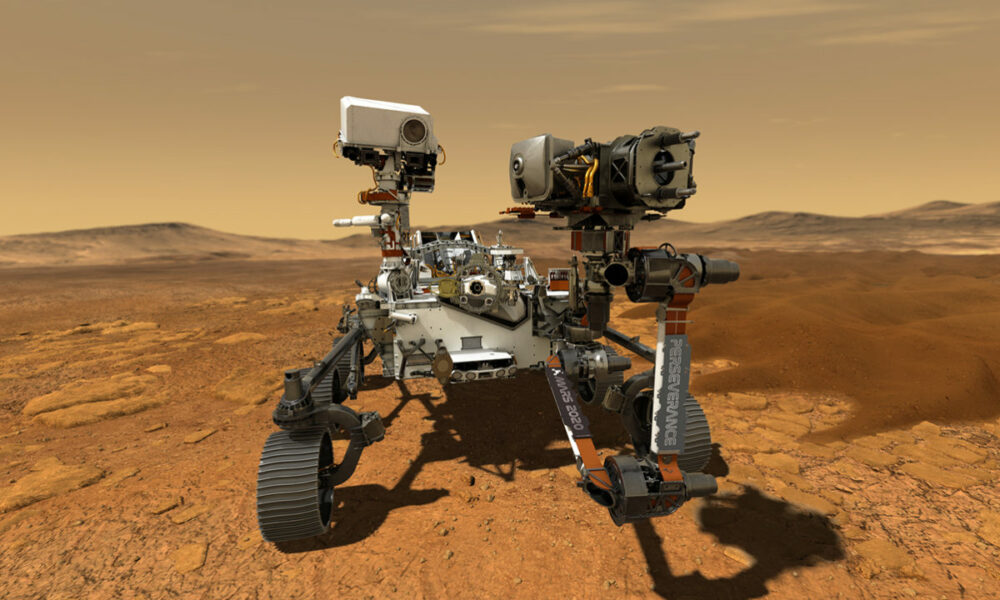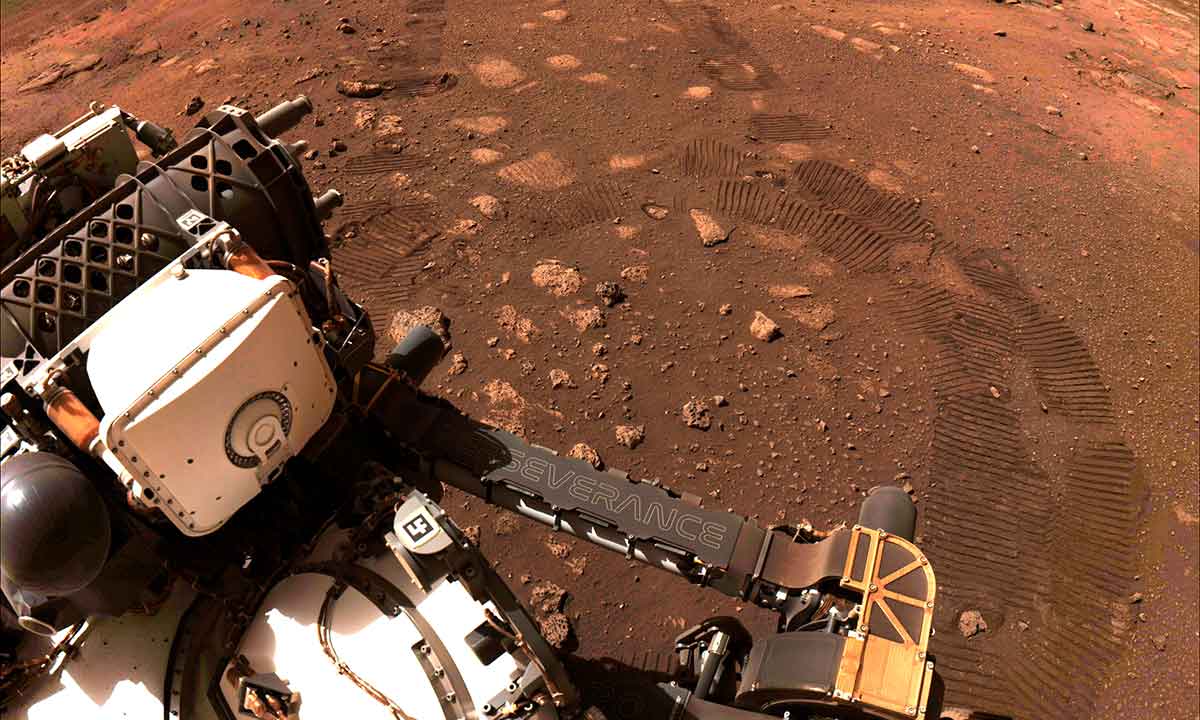How to bring the collected Perseverance samples back to Earth?
- April 15, 2024
- 0
Last February Three years have passed since the arrival of the Mars Perseverance probe on Mars, on February 19, 2021, after a journey of just over six months,
Last February Three years have passed since the arrival of the Mars Perseverance probe on Mars, on February 19, 2021, after a journey of just over six months,

Last February Three years have passed since the arrival of the Mars Perseverance probe on Mars, on February 19, 2021, after a journey of just over six months, during which the ship covered more than 200 million kilometers. Its launch was a resounding success, and the same can be said for the Ingenuity helicopter, whose initial mission included a total of 5 flights and which eventually completed at least 50 before an emergency landing caused damage that marked the end of its operational life.
A few weeks after the “goodbye” of Ingenuity, we learned that Perseverance is also experiencing problems, although it is true that they affected only part of its operations, not all. This means that during this time it has been able to continue to perform a significant part of its functions and of course it remains in contact with its operators and normally responds to all commands sent from its control center.
One of the main objectives of the mission is, as we told you back then, taking certain samples from the surface of Jezero crater, samples that NASA logically intends to recover, i.e. to allow them to be transferred to Earth for in-depth analysis by scientists. A very ambitious goal, but also extremely complex as it faces a huge number of challenges.

The mission, as originally conceived, had already proposed how to recover these samples, but after this proposal was thoroughly scrutinized, NASA has ruled out this planas a result financially too expensive ($11,000 million) and because with it the Perseverance samples taken They would not reach Earth until the 1940s. Moreover, due to its enormous complexity, the US space agency considers it too risky.
Now, that doesn’t mean the agency is giving up on getting those samples. On the contrary, as we can read in the official statement on the matter, NASA plans to explore all types of options to reduce cost, complexity, and in addition ensure that samples arrive on Earth in the 2030s.. To achieve this, the agency is asking its entire community to get involved in finding possible solutions to achieve this complex goal.
Source: Muy Computer
Donald Salinas is an experienced automobile journalist and writer for Div Bracket. He brings his readers the latest news and developments from the world of automobiles, offering a unique and knowledgeable perspective on the latest trends and innovations in the automotive industry.